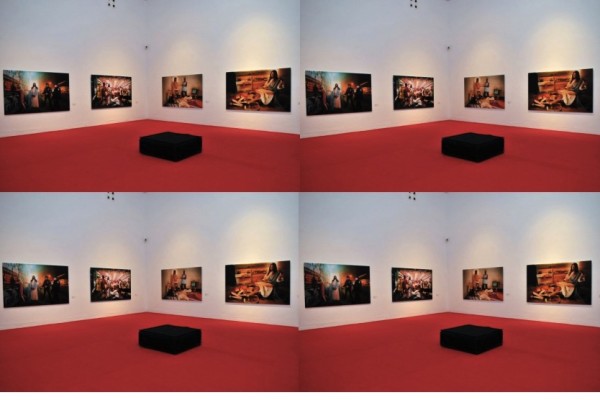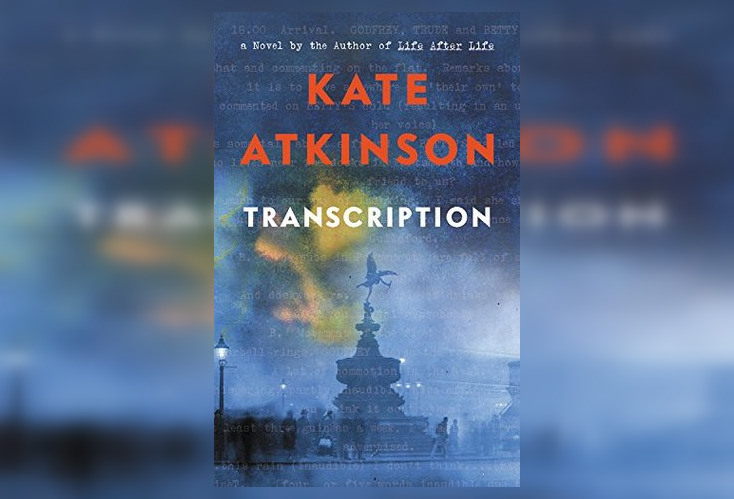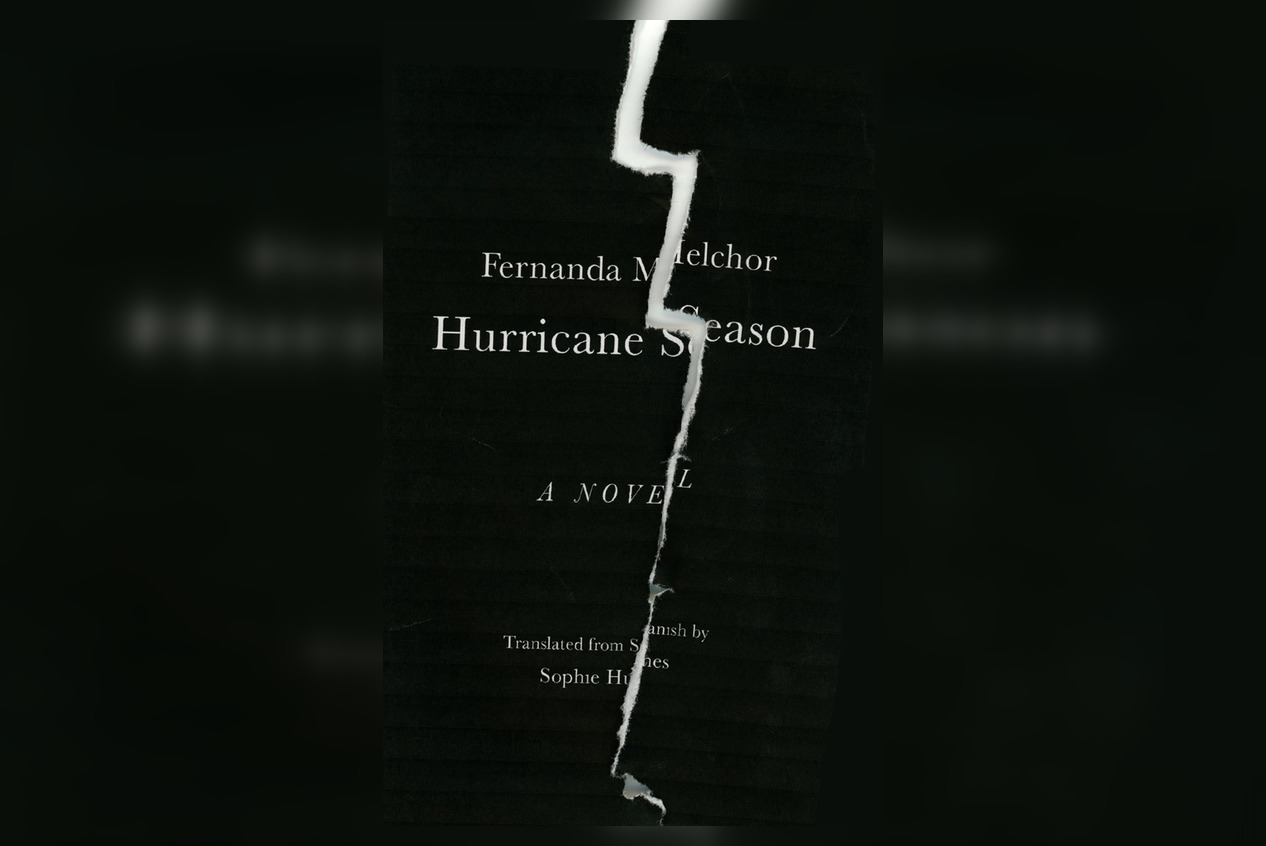Review by Tomek Jedrowski
—

“In God We Trust originated from my personal fascination with the U.S.,” says Maria Brewinska, curator at the Zacheta National Gallery of Art in Warsaw. “In Poland, we avoid the topic of religion. In the US, there may be more ‘white’ States and more ‘mixed’ States, but there is always freedom to express your identity.”
In God We Trust showcases works from over 30 contemporary American artists, including photography, video installations and sculptures. According to the museum, the exhibition aims to present the United States as “one of the most religiously diverse countries in the world.”
From a denominational perspective the chosen works fail to bring across America’s religious diversity or to create a contrast it with Poland’s Catholicism: out of all, only one addresses Judaism (Jordan Wolfson’s animation “Masks” – 2012), and a mere handful thematize other big religions and cults, such as Dzine’s garish hip-hop blasting Buddha or the excellent photos by Shannon Taggart of Haitians in Brooklyn practicing voodoo.
This leaves Christianity to dominate the show. Yet it does so with ample doses of self-criticism. William Klein’s video Messiah (1999) mixes an orchestra performance of Haendel’s oratorio with profane images of suburban America, Micheal Murphy presents a Jesus made from toy soldiers (“Team Extreme Jesus”), and GENERIC ART SOLUTIONS (GAS) shows a re-enactment of the last supper in a trailer park with apostles dressed in Walmart.
Another photograph by GAS (“Pieta” – 2009) depicts a man in a saintly pose wearing a soccer uniform, while another player – supposedly wounded – lies on his thigh. Everything about it exudes sensuality: the closeness of their bodies in the absence of eye contact, the shine of their polyester shirts, the shape of their torsos looming underneath.
This homoerotic charge runs through a multitude of works. Anthony Goicolea’s black-and-white film The Septemberists (2006), projected onto a giant wall behind soft black curtains, follows a group of boys through a forest as they carry out ceremonies mixing elements of weddings, funerals and river christenings. As a collaboration with menswear designer Thom Browne, the all-male-model cast is clad in tight shorts, tank tops and knee-high socks. It may look like a luxury ad but it is also a fantasy of legitimized spirituality in queer romance.
David LaChapelle’s series “Jesus is My Homeboy” (2003) elaborates on the seeming taboo. Arranged across two walls, the large-scale photographs show a beautiful barefoot Jesus admired by throngs of inner-city boys in contemporary New York scenes. In one, a young man crouches in between Jesus’ thighs with his head on the Savior’s loincloth, while androgynous figures sprawl out on a mattress in vogueing pose.
These – and the gigantic image of Kanye West dressed as Jesus against a pink background (“Passion of the Christ” – 2006) – highlight the often camp drama that pop culture, fashion shoots and Christian imagery have in common.
Beyond that, more importantly, they are calls for tolerance. In a 2008 interview with the Art Newspaper TV, LaChapelle, himself openly gay, stated that “Jesus is My Homeboy” intended to “rescue the teachings of Christ” from the clutches of fundamentalists. This ties in with a debate currently raging in Poland, as triggered by the movie W Imie (In the Name of) about a love affair between a young man and a rural priest. The film, which won the Berlin film festival this year, was condemned by Catholics as “repulsive,” and prompted the weekly Wprost magazine to ask: “Can a gay priest be a good soul shepherd?“
Brewi?ska, having reported a huge interest in the show, suggests an answer.
“In God We Trust can be interpreted as a strong declaration of faith, but also as a manifestation of a right to chose your own religion, which may take any form,” the curator declares. “It’s not only about a denominational patchwork, but also about a human one.”
—
Tomek Jedrowski is a writer and culture blogger based in Warsaw.




